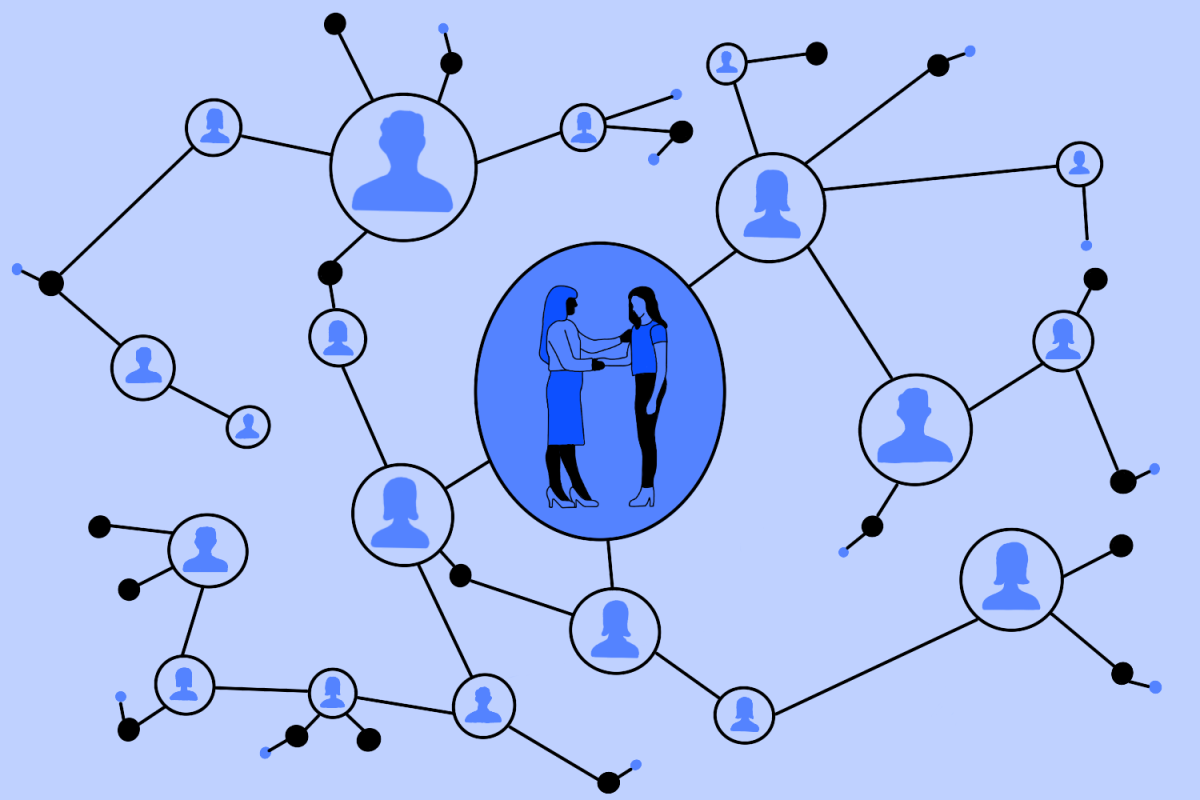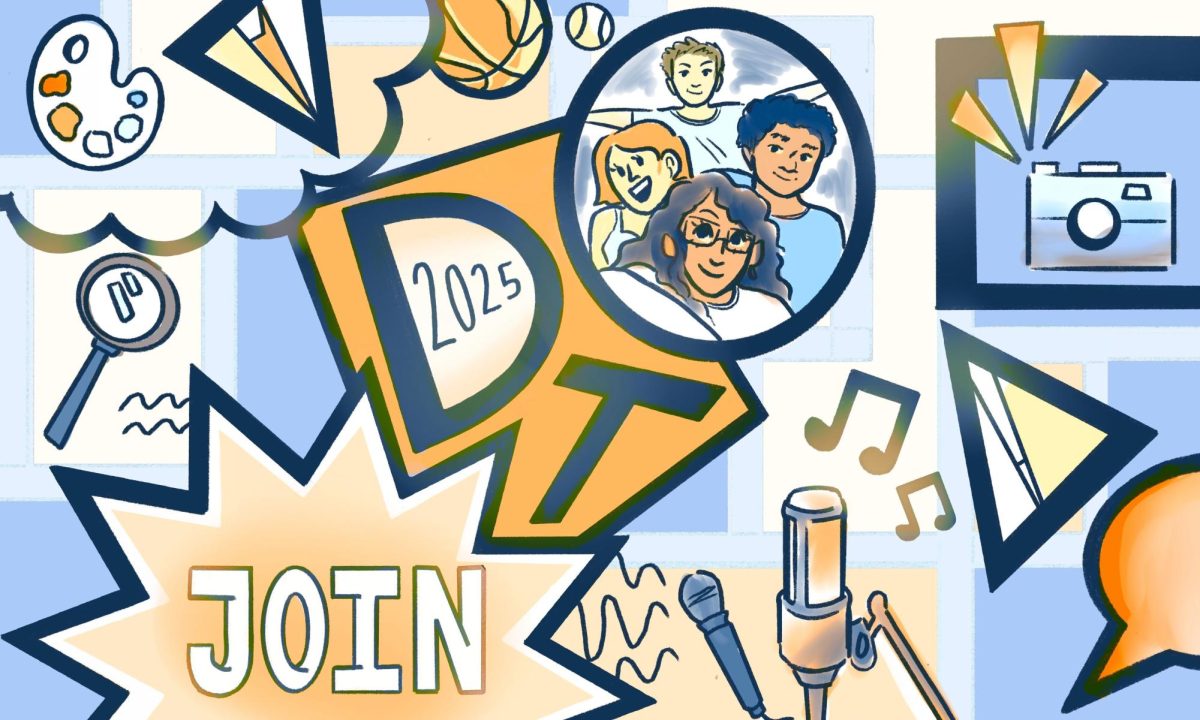The Internet people and the energy people want to work together, or at least that’s what I’m told. The Internet is our most recent example of a high-tech, widely deployed network built from the ground up. Our energy system is also massive, widely deployed and both complicated and complex. This energy system, particularly the electricity system, needs some redesign as we aim to provide more energy using less water, emitting less pollution and providing more reliability — all while maintaining affordability.
Two major opportunities for the electricity system are to start using more distributed power (such as solar panels on your house instead of a big coal-fired power plant 30 miles away) and to introduce two-way data communication between users and suppliers. Right now, electricity system managers only have control over supply, not demand. We don’t store energy very well (modern batteries are not well suited to large-scale storage), so electricity has to be generated at the same time as it’s being used. The Internet community has successfully moved from centralized to distributed systems with increasingly speedy two-way communication, and it has developed data storage on the way. Many of you probably still remember floppy disks; the USB stick represents a huge technological advance over the floppy in terms of efficient data storage. So, the energy community looks at the Internet community and wonders what it can do to use the lessons that it has learned, and the Internet community looks at the energy community and wonders how it can leverage its knowledge to solve another major modern problem. First information, then energy — both drive the world.
I’ve been to two big conferences over the last month that featured panelists speaking about how energy and Internet can interact: one with energy people talking about how to find the Internet people, and the other with Internet people talking about how to find the energy people. The first was the American Association for the Advancement of Science (AAAS) annual meeting; that’s the group that publishes the journal “Science,” perhaps the most respected American science journal. The second was Austin’s own South By Southwest (SXSW), which involved fewer suits and way more iPhones.
There are a couple of interesting themes that pop up during these conversations. Firstly, both the energy community and the Internet community talk a fair bit about the other. Secondly, it seems to me that the energy people (probably correctly, based on my experience listening to panels from both perspectives during the last few years) think that the Internet people don’t quite understand the scale of the electricity system, but it’s not clear how to communicate that aspect and still engage both groups. The major disconnect between electricity and Internet has a lot to do with sunk costs: It’s really, really expensive to do energy research, development and deployment. The physical infrastructure has huge costs, and the permit and regulatory requirements on the industry mean that even simple projects usually take years to get going. Startups do not work as well with power plants, at least historically. Of course, the obvious counter-argument is that the energy people haven’t done it right yet. Maybe.
I noticed a rhetorical shift at this year’s “Internet about energy” panel at SXSW that I found encouraging: Panelist Bob Metcalfe (now of UT) framed the mindset in two ways. Historically, the Internet community has talked about moving on to energy because the Internet is “done” — this type of thinking glosses over the fact that the electricity system is a highly technical beast that requires a different kind of sophisticated engineering than the Internet. The mindset that Metcalfe proposed is one I much prefer: The Internet community should approach energy as the next industry to disrupt. This means adding the Internet to energy rather than replacing the energy industry. This makes it much easier to think about working on Smart Grids (two-way communication, largely) than solar cell refinement and highlights the chance that social networks could be leveraged to help users better integrate energy efficiency and habits into our lives. These are the real opportunities as the AAAS panels tend to point out; Internet mindsets are hard to put into a natural gas well or a coal-fired power plant. But as the SXSW panels point out, startups and computers have a potentially huge role to play in energy interfacing between suppliers and consumers. So Internet, meet the energy industry. You’re here to play together, not to try to supplant it.
<em>Grubert is an environmental and water resources engineering graduate student.<em/>














